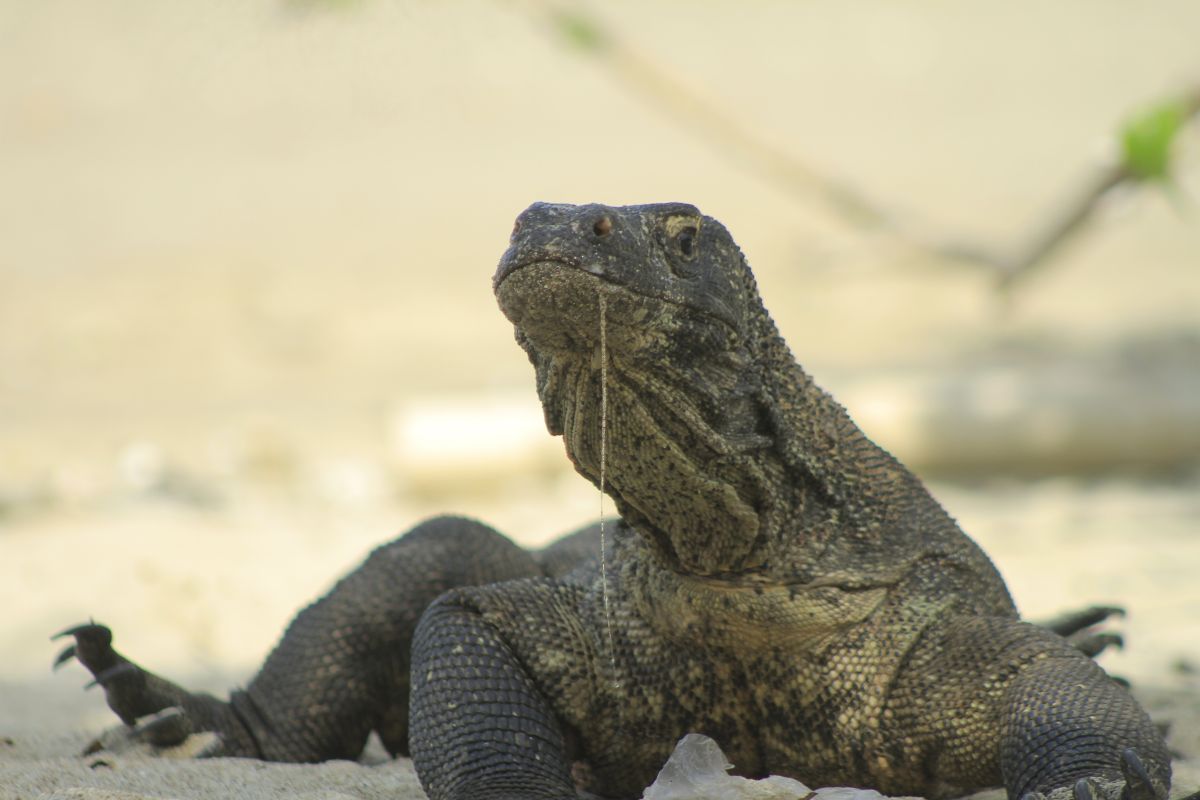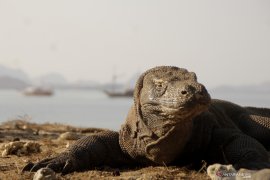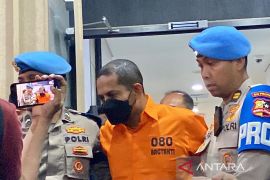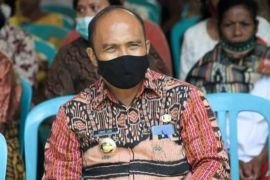Sahudin, head of the Komodo National Park Resort in Labuan Bajo, said on Friday that the male juvenile was properly buried at the resort following protected wildlife protocols.
The discovery was first reported on social media by a local resident, Engel Tani, who posted a photo of the lifeless komodo near the “GOLOMORI” sign at kilometer 16.
Park officials verified the report and confirmed the animal’s death. “Preliminary observations suggest the komodo was hit by a vehicle, as there were impact injuries and its body was on the roadway,” Sahudin said.
The carcass was taken to the resort for morphological measurement and official documentation. The dragon measured 150 centimeters in length, with a 12-centimeter head and a 92-centimeter tail.
Authorities praised the public for reporting the incident and urged drivers to exercise caution in areas known as natural komodo habitats, particularly near forests and shrubland. Komodos often cross open roads when hunting or reacting to environmental changes.
Park officials noted that growing human activity and infrastructure development near conservation areas should be accompanied by mitigation measures, including wildlife crossing signs, speed limits, and public education.
Indonesian endemic
The komodo dragon (Varanus komodoensis) is an Indonesian endemic species protected under national and international law.
In Indonesia, komodo dragons are safeguarded under Law No. 5 of 1990 on the Conservation of Biological Natural Resources and Ecosystems, with populations managed within Komodo National Park and other conservation areas. Killing, capturing, or trading them is prohibited.
Komodo dragons are also listed on CITES Appendix I, meaning international trade in the species is strictly prohibited except under exceptional circumstances.
Conservation efforts include regulated tourism development on Padar Island, East Nusa Tenggara, which adheres to environmental and wildlife protection standards and is pending review by UNESCO.
Krisdianto, head of public relations at the Ministry of Forestry, recently emphasized that all activities in Komodo National Park must comply with the law and prioritize the protection of species and ecosystems.
UNESCO designated Komodo National Park a World Heritage Site in 1991.
Related news: Govt to limit Komodo National Park visitors to 1,000 per day
Related news: Indonesia vows Komodo resort project meets UNESCO standards
Translator: Kornelis Kaha, Rahmad Nasution
Editor: Primayanti
Copyright © ANTARA 2025












